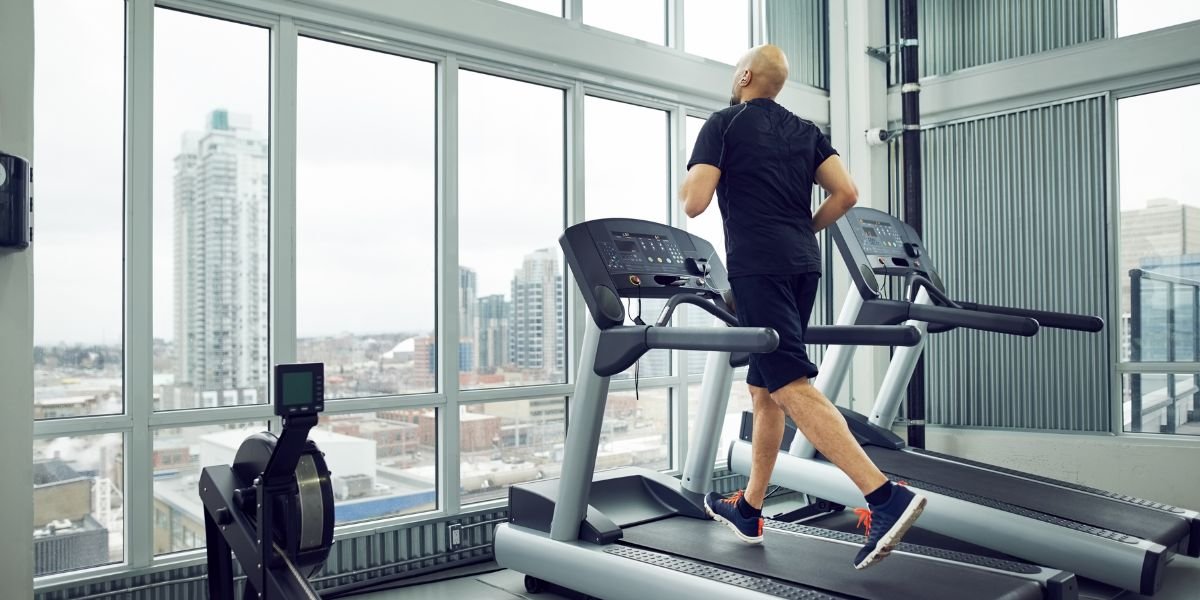
When you don a weighted vest during your cardio workout, your body faces a new challenge that goes beyond the usual routine. The added resistance forces your cardiovascular system and muscles to work harder, ultimately elevating your heart rate and oxygen consumption. This uptick in intensity leads to enhanced endurance and increased calorie burn, but what other benefits does this simple addition bring to your fitness journey? The impact goes deeper, and the potential for progress seems to expand with each step you take.
Benefits of Using Weighted Vests
To enhance your workout routine, incorporating a weighted vest can provide an effective way to increase the intensity and challenge your cardiovascular system. By adding extra weight to your body, weighted vests make your body work harder during exercises like running, walking, or bodyweight exercises. This increased workload helps to strengthen your muscles and improve your endurance over time.
Moreover, using a weighted vest can help boost your calorie burn during workouts. The additional weight requires more energy expenditure, leading to a higher calorie burn compared to the same workout without the vest. This can be particularly beneficial if you're looking to lose weight or increase the efficiency of your workouts.
Furthermore, wearing a weighted vest can improve your overall strength and power. The added resistance helps to build muscle mass and bone density, which are essential for overall health and physical performance. Incorporating a weighted vest into your routine can take your workouts to the next level, helping you achieve your fitness goals faster.
Impact on Heart Rate and Oxygen Consumption
Wearing a weighted vest elevates both your heart rate and oxygen consumption during physical activities. The added weight creates a greater challenge for your body, prompting your heart to work harder to pump blood to your muscles. This increased demand for oxygen leads to a rise in your oxygen consumption as your body strives to meet the heightened energy requirements.
As your heart rate escalates, your cardiovascular system becomes more efficient at delivering oxygen-rich blood to the working muscles. This improved efficiency enhances your overall cardiovascular endurance over time. The combination of elevated heart rate and increased oxygen consumption while wearing a weighted vest helps to boost the intensity of your cardio workouts, leading to greater fitness gains.
Muscular Endurance and Strength Development
Developing muscular endurance and strength with weighted vests involves progressively challenging your muscles to adapt to increased resistance levels. By adding extra weight, you force your muscles to work harder during exercises like squats, lunges, push-ups, and planks. This increased resistance helps to enhance muscle endurance, allowing you to perform more repetitions before fatigue sets in.
Moreover, weighted vests can also contribute to strength development by requiring your muscles to exert more force against the added resistance. This can lead to improvements in overall muscle strength over time. As your muscles adapt to the increased workload imposed by the weighted vest, they become stronger and more resilient.
Incorporating weighted vests into your workout routine can help you target specific muscle groups and enhance your overall muscular endurance and strength. Remember to start with lighter weights and gradually increase the resistance to prevent strain or injury. By consistently challenging your muscles with weighted vests, you can effectively improve your strength and endurance levels.
Tips for Safely Incorporating Weighted Vests
When incorporating weighted vests into your workout routine, prioritize safety by ensuring proper fit and distribution of weight. Start by choosing a vest that fits snugly but allows for full range of motion. Adjust the straps to secure the vest close to your body to prevent shifting during exercise. Make sure the weight is evenly distributed to avoid putting excess strain on specific areas.
Before diving into intense workouts, gradually increase the weight and duration of your vest-wearing sessions. Begin with lighter weights and shorter durations, then progress as your body adapts. Listen to your body and stop if you experience pain or discomfort.
Incorporate weighted vest exercises that complement your fitness goals. For cardio, consider activities like walking, running, or hiking. For strength training, try bodyweight exercises like squats, lunges, and push-ups.
Lastly, remember to stay hydrated and take breaks as needed. Weighted vests can significantly enhance your workouts, but it's crucial to prioritize safety to prevent injuries and maximize the benefits of your training.




